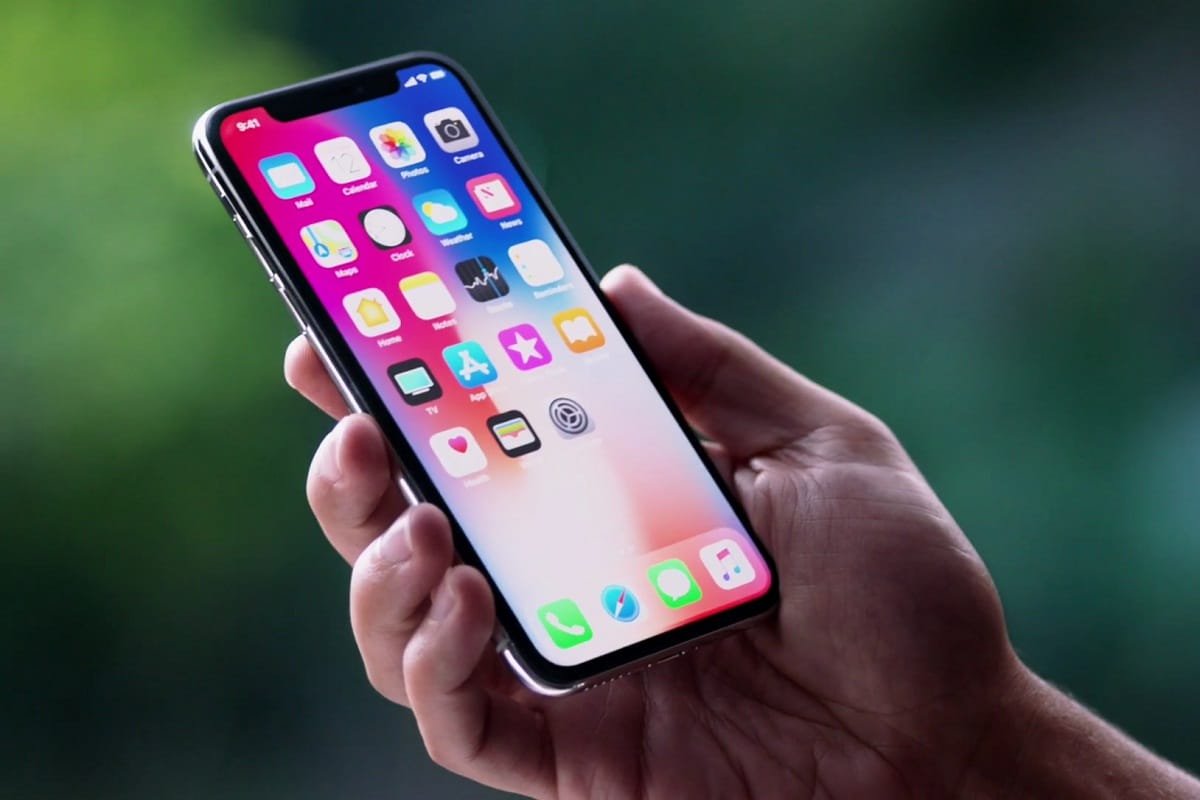As quotes by a learned man, ‘Technology provides no benefits of its own; it’s the application of technology that makes business opportunities and produces ROI.‘ Over the years mobile phones have only been used as simple means of communication devices. Today, the advancement of technology, availability of high-speed data access and interactive interfaces, mobile computing has created a complete new experience for the users and undoubtedly led to one of the biggest mobile technology inventions – Mobile Applications!
Mobile applications, today, are breaking down the barriers of the world of networking and have enabled communication, collaboration, and connection much smarter and simpler! But developing an application is just not enough, there’s a long way to go! As an iPhone app developer, before launching it in the market, you have to conduct a number of tests and trials, and even take a host of things into considerations. Some of these include, examining the landscape of the mobile device hardware system, monitoring operating systems, its optimization process, consistency, network conditions accuracy and much more!
While the above make for essential testing pointers, below mentioned are three major steps that help in making an application more user-friendly and popular in the market:–
Must Read: Why Apple Rejects your iOS App and What to do About it
1. Testing The Application in Various Devices
- In order to test an application, firstly, you have to understand the base platform of testing the mobile app. As not many people upgrade their model to the latest version available in the market, it becomes important to test the app both, in the current and latest model across different types of OS platforms.
- Secondly, while testing, try to understand which are the devices, app versions and operating systems, the application is working best on. Try to design and implement the correct SDLC process, choose the right app solutions and tools to facilitate the process in an automated manner!
- Thirdly, do not try to rewrite the legacy system of the app directly into a new technology without experimenting it on the end users.

2. Analyzing the KPIs That Best Measure the User Experience
- Since the average size the smartphones are increasing day by day, it’s of no use to have the essential functional buttons placed at the top of the screen which unnecessarily forces the users to handle the device with two hands instead of one. So, it’s imperative to place them somewhere between an uncluttered interface, followed by careful positioning of the on-screen control options so that it becomes easy to navigate. This will also allow having single-handed navigation of the app or mobile site.
- Instead of using three code bases (iOS, Android, and Windows) you should get a consolidated mobile development and testing framework that can work across various devices in order to cut out the massive overhead cost. Using the right processes and test tools will help you to work smarter not harder!
- Being proactive is the best way to make your app a successful one! Start tracking your mobile user experience and behind-the-scenes data such as user flow, battery performance with the help of automated tools. This will help you to fix the problems beforehand in the most efficient manner!
- Test the application under different types of network conditions, because a UI that might appear great when the users are on 4G or using Wifi and vice-a-versa, might perform poorly on a lesser bandwidth.
- As an app developer, being aware of the application blockers is very obvious to follow! Some of the top application blockers such as memory leak, invalid data, excess battery consumption, etc. can block the app and cause the users to delete it!
Also See: 5 Mistakes That Enterprise App Developers Often Make
3. Incorporate Analytics into the program
Integrating analytics into the mobile application is of great importance as it helps to understand that whether the app is able to meet the expectations of the customers or not. No matter whether the app has already been launched in the market or its new, incorporating analytics will help you to monitor and capture the end user experience in the most accurate manner!




